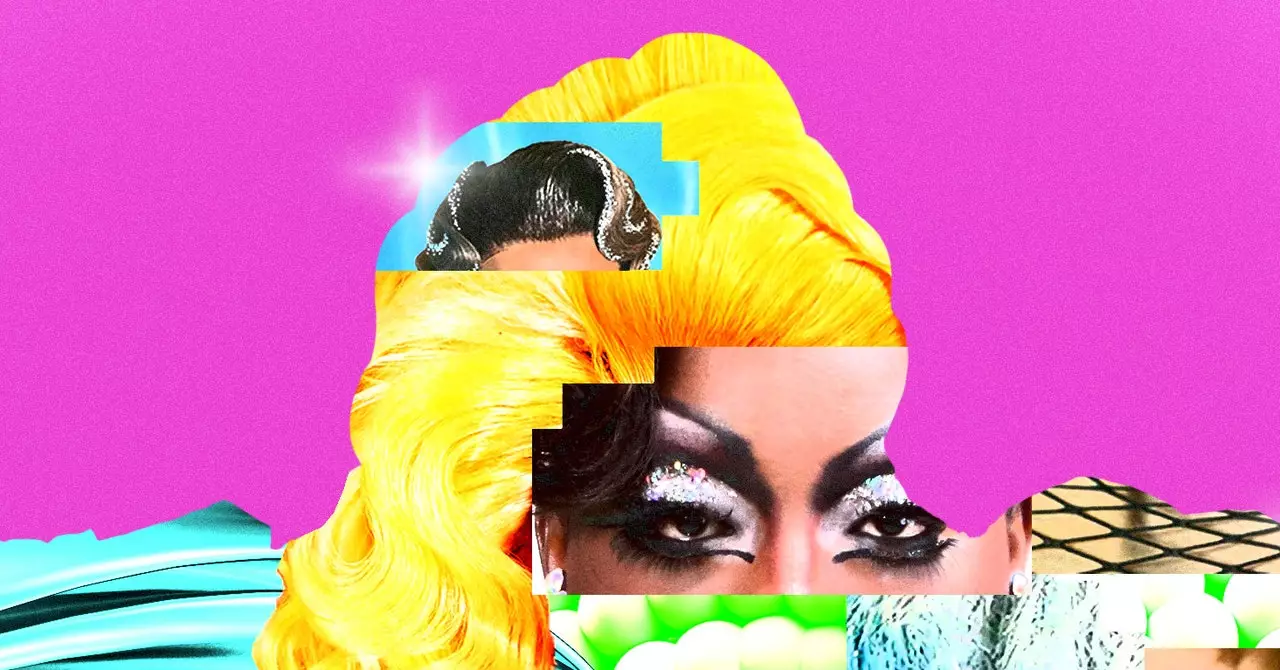The convergence of reality and fantasy in the world of Drag Race has sparked intense reactions among fans of faux queens on social media. These AI-generated creations have provoked strong emotions and engagement, with followers passionately believing in the authenticity of these virtual personas. The creator, Michael, elucidates that he relishes the exaggerated responses of fans who perceive his designs as genuine characters. Moreover, he encounters inquiries asking for the queens’ actual Instagram profiles, reflecting the blurred lines between reality and simulation.
While some viewers immerse themselves in the AI Drag Race world, others criticize its potential repercussions on real drag artists. Michael acknowledges the impending threat of AI on his profession as an illustrator but refutes the notion that his virtual project diminishes the opportunities for human performers. He asserts that any impact on traditional drag performances is contingent on individual choices, emphasizing personal responsibility over blame towards AI creators. Additionally, Fantasy Drag Race’s Más recounts clashes with fellow creators in group discussions, highlighting the varying degrees of sincerity and commitment within the AI drag community.
The emergence of AI-generated Drag Race content raises ethical questions and copyright concerns within the online creative sphere. Some creators defend their work as parody, while others acknowledge the uncertain legal grounds on which they operate. Instances of Instagram accounts being taken down, particularly those featuring copyrighted characters like Disney icons, serve as cautionary tales for AI drag artists. The fear of potential repercussions looms over creators like Haus of Dreg’s Boopy, who grapple with the possibility of being banned from the platform for their content.
Despite the controversies surrounding AI Drag Race, the fusion of horror and drag has attracted a diverse audience beyond traditional Drag Race fans. Creators like Shayne from Horror Drag Race blend different genres to cater to a broader spectrum of enthusiasts. Notably, even established Drag Race queens like Mhi’ya Iman Le’Paige have incorporated AI-inspired designs into their runway looks, showcasing the growing influence of virtual artistry in mainstream drag culture. The interplay between AI and human creativity blurs boundaries and fosters cross-pollination between digital and physical drag performances.
Overall, the rise of AI in the realm of Drag Race fandom presents a nuanced landscape of creativity, criticism, and collaboration. While some embrace the unreal elements of AI-generated queens, others grapple with ethical dilemmas and legal uncertainties. The evolving relationship between AI and traditional drag artistry underscores the complex intersections of technology, creativity, and community building within the vibrant world of drag culture.


Leave a Reply